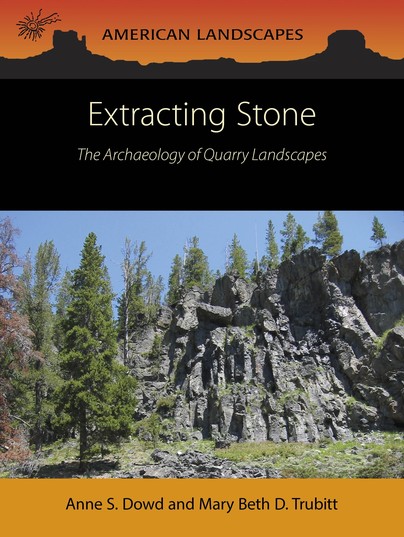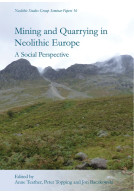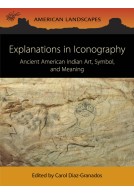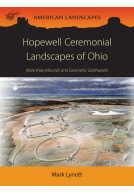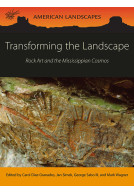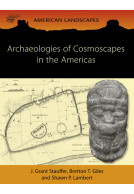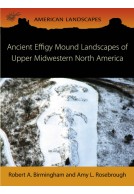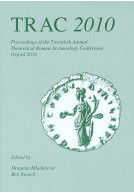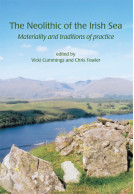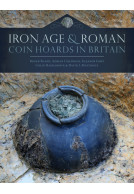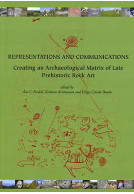Extracting Stone (Paperback)
The Archaeology of Quarry Landscapes
Imprint: Oxbow Books
Series: American Landscapes
Pages: 168
Illustrations: b/w and colour
ISBN: 9781785706240
Published: 5th March 2024
Script Academic & Professional
Series: American Landscapes
Pages: 168
Illustrations: b/w and colour
ISBN: 9781785706240
Published: 5th March 2024
Script Academic & Professional
You'll be £40.00 closer to your next £10.00 credit when you purchase Extracting Stone. What's this?
+£4.99 UK Delivery or free UK delivery if order is over £40
(click here for international delivery rates)
Order within the next 8 hours, 28 minutes to get your order processed the next working day!
Need a currency converter? Check XE.com for live rates
(click here for international delivery rates)
Order within the next 8 hours, 28 minutes to get your order processed the next working day!
Need a currency converter? Check XE.com for live rates
Extracting Stone considers where chert or obsidian were mined and how North American stone quarry landscapes have been identified and studied from the time of pioneer William Henry Holmes (1846–1933) onward. Three especially significant extraction areas are examined in detail: Flint Mine Hill, New York, along the Hudson River; “Spanish Diggings”, Arkansas, in the Ouachita Mountains; and Obsidian Cliff, Wyoming, in the headwaters of the Yellowstone River. The authors compare and contrast extraction scales with artifact distribution or use areas established through precise material characterization techniques to discuss trade and exchange, the emergence of inequalities, resource restriction or
control, and the technological systems of which these land- or quarry-scapes formed a part.
The chronological periods covered by quarrying activities show that most intensive use took place in the Archaic and Woodland periods, roughly 4000–1000 years ago when denser populations existed, but use began as early as the Paleoindian Period, about 13,000–9000 years ago and, in some cases, continues into the modern day. Recent research into early human population of the continent at sites such as White Sands in Nevada, where human footprints are found in association with those of extinct fauna, may push back these dates another 10,000 years, to 23,000 years ago.
Archaeologists are now employing a landscape approach to quarry systems, using new technologies such as Geographic Information System (GIS) computer mapping and Light and RADAR (LiDAR) aerial imaging. The authors demonstrate how sites functioned in a broad synchronic landscape context, which site locations or raw material types were preferred and why, what cultures were responsible for innovative or intensive quarry resource extraction, and how this land use changed over time.
An Appendix lists quarry sites that the general public can view.
Customers who bought this title also bought...
Other titles in the series...
Other titles in Oxbow Books...







